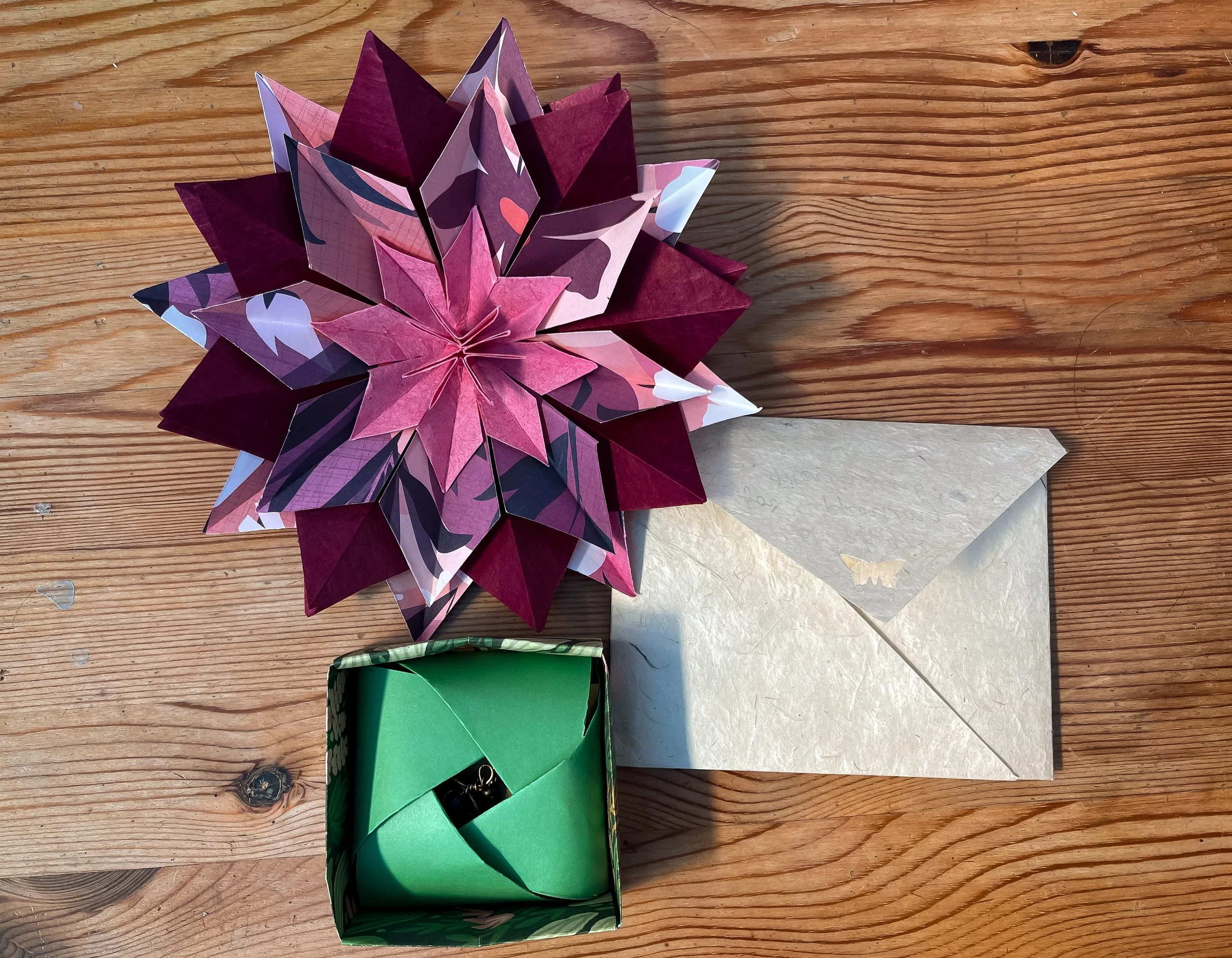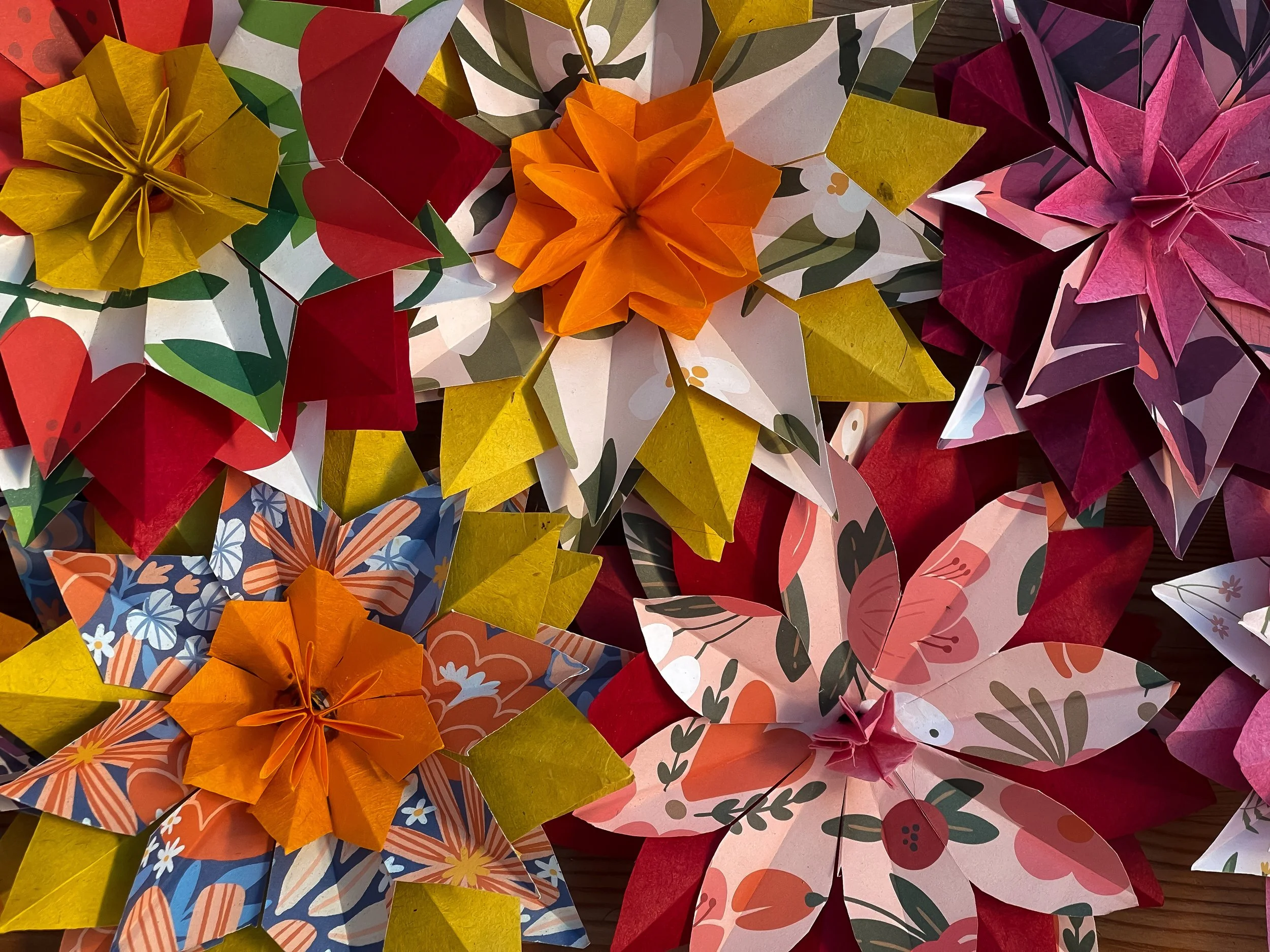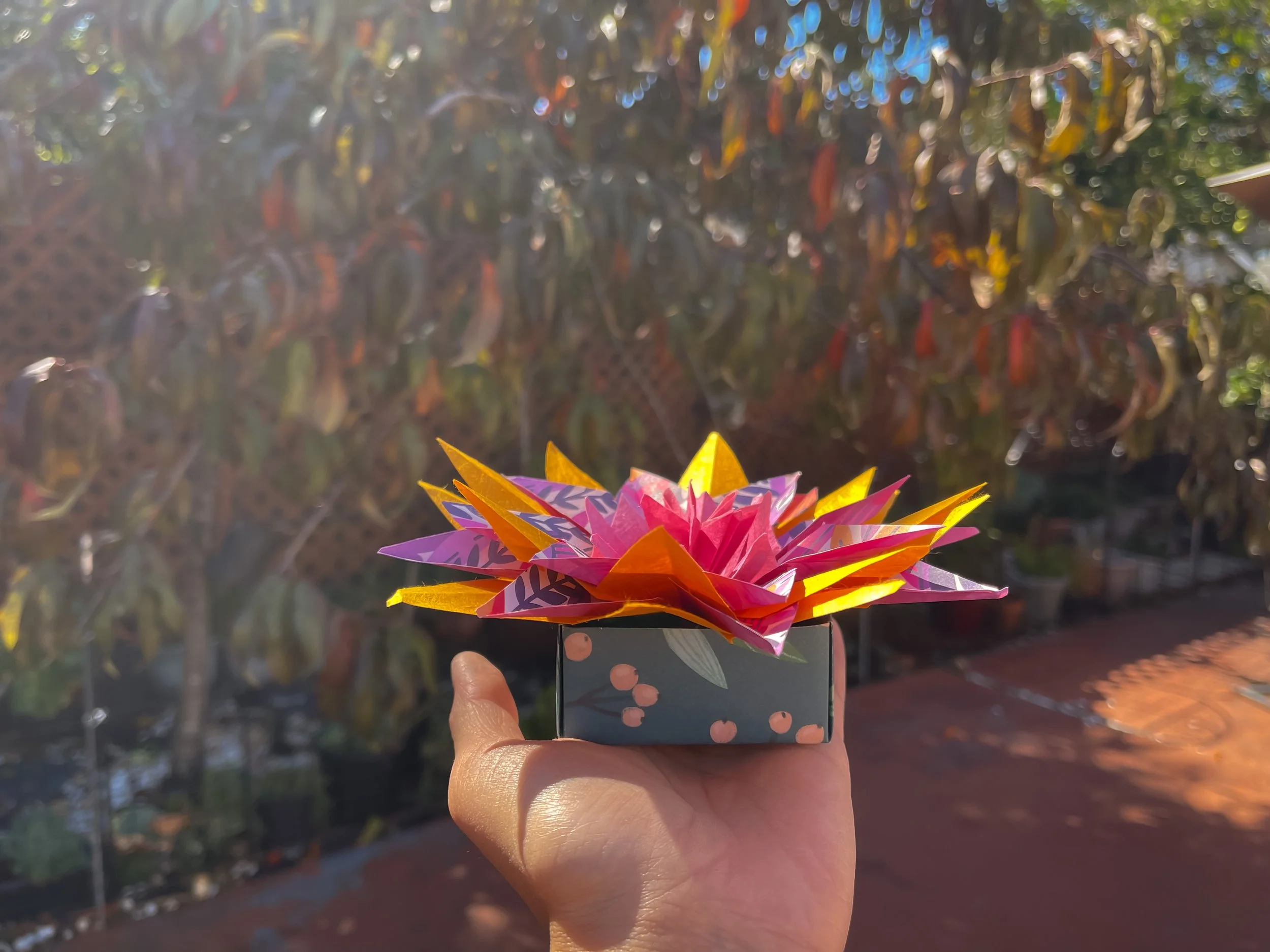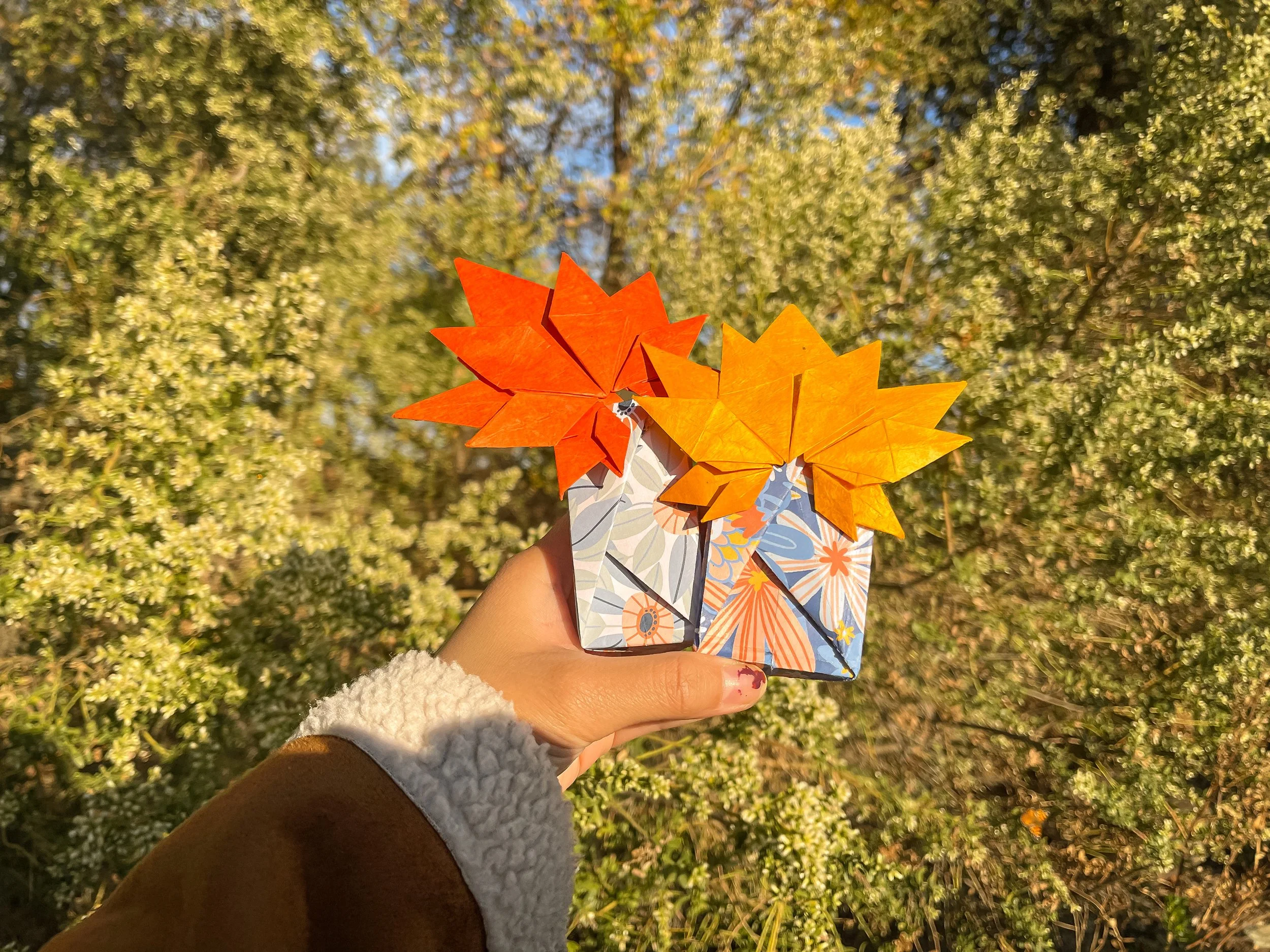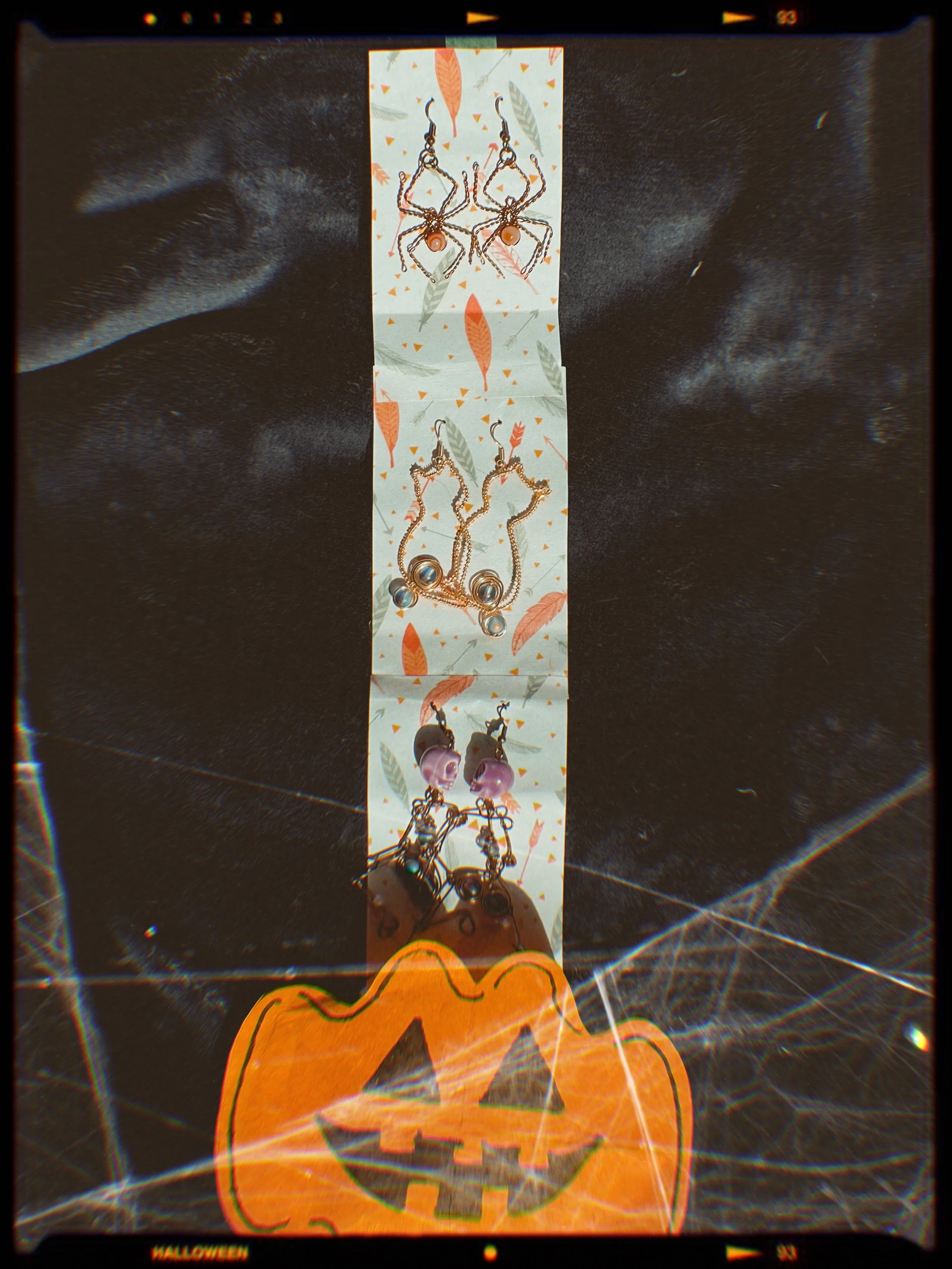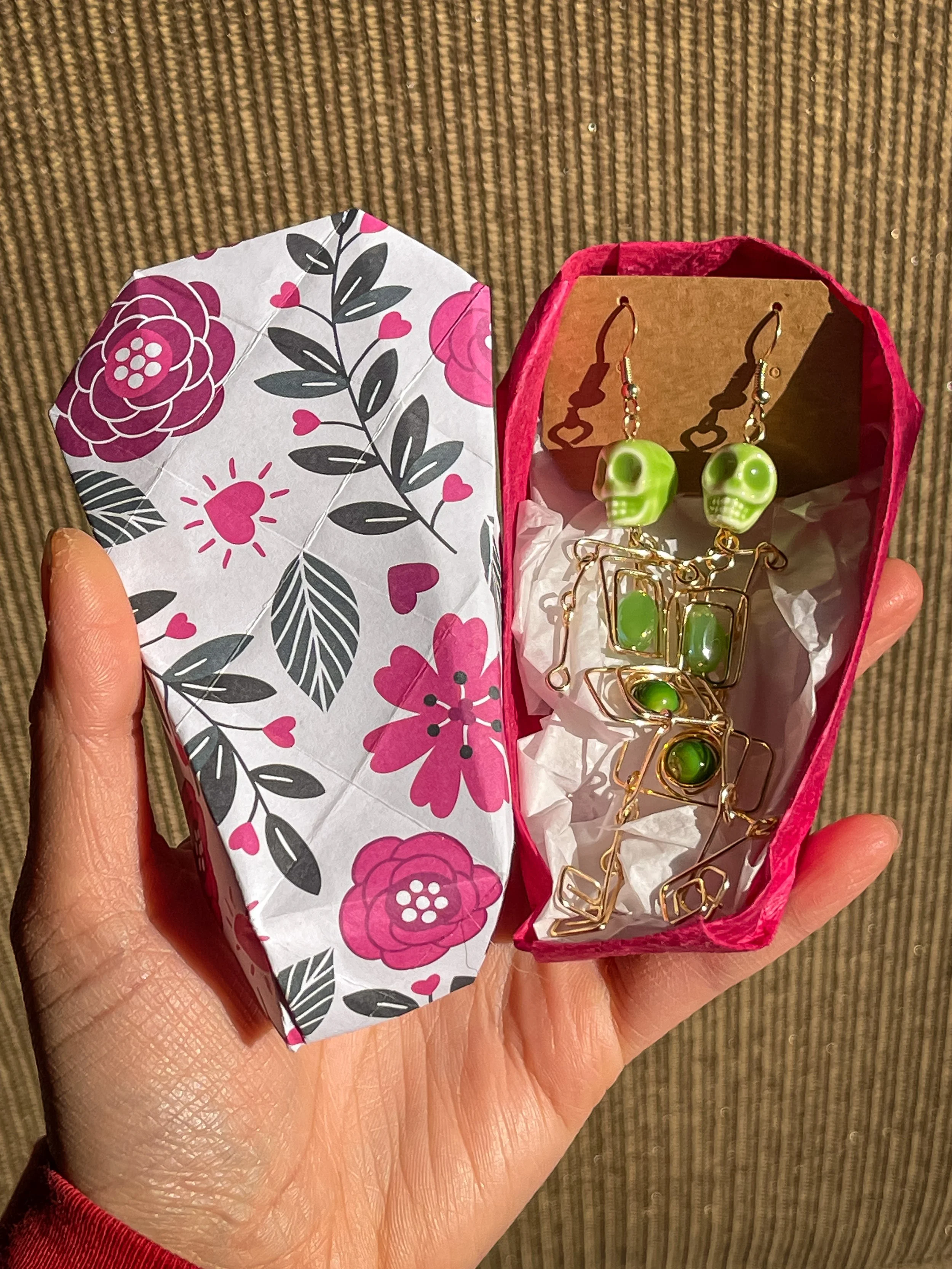If you’re curious about our goals for the future or materials used, then this page is your guide
This can be a long read but very important to know the kind of handmade art you will be purchasing by supporting Meraki Art.
Transparency
Goal to creating Eco-conscious Art
Hi friends! While you’re here I would like to share one of my goals for Meraki Art, a goal that I call creating eco-conscious art.
To give some context, while in college I took a Cultural Anthropology class, and one conversation we had struck me. Cultural Anthropology looks into diverse areas of what creates culture as a whole; these are our beliefs, values, practices, social structure, and cultural change/adaptation. But the topic that stood out to me the most, under social structure, was the overview on material culture. One of my favorite examples that my professor used to simplify this was by talking about a can of coke. She asked us, what do you see when you look at a can of coke? To the naked eye, the first thing we might notice is the color, the material it comes with—metal/bottle/plastic, and the ingredients—water, sugar, etc. She then asked us to look further than what we saw, and I began to ask, why did they choose the color red? Where does the material come from? Who was responsible for the production and how are their lives? I learned a little more about coke that day, and I didn’t like what I saw.
After this conversation I looked at products differently. Through an anthropological lense, I saw where we moving as a society; the products made to help us on a daily basis moved in a way that was focused on quantity as the population grew. What I observed in my reality were products made that stopped caring about functionality, longevity, and most importantly they stopped designing with Earth in mind.
When I reflected back to my childhood and growing up in the Philippines, one of the things that stood out to me was the trash. They were everywhere, and this was common to see. I didn’t understand at the time that this wasn’t just about the people and bad habits to recycling, or not learning to value their belongings more, or loitering; although these bad habits do not help either. The bigger issue lied within how things are designed/created for us; the need for accountability to how we are trained as a society to consume. I learned that this was all part of a bigger system, that the problem was in the system where the consumption of products or products made does not keep in mind the environmental impact it has or the people it affects. It’s a cycle where we—the consumers—are desensitized to the point that we consume at a pace where we do not think about or ask how a product in front of us came to be, and products are produced at a pace where quantity is more important than quality.
I am not here by any means to shame any body for wanting something new or buying into products that are convenient or within reach. I am also a consumer who also buys what is new and what’s convenient, but having this knowledge and understanding of the bigger system surrounding the environmental impact of the things we buy, we can learn to be someone who stops to ask how a product came to be before buying them—if its made out of products that can be reused, or if it will deteriorate back to earth naturally. Our footprint may be smaller compared to these big corporations, but we can also choose to not participate in a system that does not value people or the environment. Becoming more aware, I have truly appreciated products made that use materials that are created with a plan even at the end of its life, because there is nothing more important than the planet we live in, Earth.
So coming back to my goal for Meraki Art, I’m aiming to create art that is “eco-conscious”—creating things that keep in mind sustainability for both earth and as a handmade artist. I want to work towards producing art that keeps in mind the environmental impact of the materials I use (including the wire, the beads, chains/hooks, and the packaging it comes with). To the best of my ability, I want to find alternatives that are sustainable. By no means do I claim any of my products to be completely eco-friendly, but I will continue to learn so that I choose to use materials that are biodegradable/recycable.
I started off with this initiative with packaging when I first launched Meraki Art. I created origami lotus flowers to package and I chose to use Lokta paper. This is a paper derived from the bush of a Daphne Papyrus or Lokta Shrub, used early on for documents found sacred to Nepalese folks. I chose this (1) because this plant grows very quickly, (2) it is durable and could last longer, and (3) it uses eco-friendly method of fiber processing and pulping. Although this practice can be labor intensive, and so if interested, the best we can do as consumers is to find people/businesses that are Nepalese base so that it helps their community. The origami serves as a container/display, but is also made with products that can be recycled even when thrown away.
With my wires, I’am currently using copper based metals because I found that it is one of few metal options that is environmentally friendly due to its high recyclability, meaning it can be reused repeatedly without losing its properties, significantly reducing the need for new mining operations and lowering the environmental impact of copper production making it a sustainable material. I’m hoping to add more metal options later on.
I have so many plans in the future to produce art that is eco-conscious such as making my own beads with metal/air dry clay, choosing recycled items–in particular, restoring gold/silver chains/pendants because these are materials with high environmental impacts because of the mining process. As well as reusing boxes to package.
I am far from where I would like to be with my goal, but I am working towards creating eco-conscious art just by simply being aware and wanting to learn. I hope that you can learn with me in the process of rethinking materials, methods and practices, so that we can collectively work towards a more sustainable future in the art community. Our impact may be small but it is important, and maybe by sharing it can be a bigger impact.
Love,
Meraki Art
Packaging
I currently package creating different origami designs, my main one being an origami lotus flower. I do this as an effort to being eco-conscious—using products like Lokta paper (which I write more about down below)—in hopes that you (the receiver) may choose to reuse this as a display, or if you choose to throw it away, it will still be recycable/biodegradable.
I change up my packaging depending on the season because I enjoy trying out new origami designs, and it serves as an opportunity for me to see what packaging works best in creating zero waste.
Papers (for origami)
I currently use Lokta paper for most of my paper origami from an online store called the origami paper shop.
I also use an origami paper book that I have been gifted. Unfortunately, I could not find it online to show here.
Online packaging boxes/fillers/tapes
I currently purchase all online packaging materials from a company called Eco Enclose. I like using Eco Enclose as their goal for sustainability is aligned with mine. Their goal is to provide shipping products that are eco-friendly and sustainable to the planet, and if you would like to learn more about them, click here.
Materials
These are the materials I currently use. As time progresses, the materials I use will change through experience and knowledge. The goal is to move towards materials that are eco-conscious/eco-friendly—beads that are more intentional, and wires that are more sustainable. If you have any suggestions on how I can make this happen, I’m very open and happy to indulge in these kinds of products and practices.
Wires
I use 3 different types of metal, this includes Copper (bare, silver & gold plated), Brass and Sterling Silver.
My bare copper, brass, and silver wires are from Rio Grande, which are all high quality wires made without nickel and said to be hypoallergenic. My batch of copper based 14k gold plated wire and silver plated wire purchased from Ensenda, California
My copper wire is said to be made using "99.9 percent bare copper" as read on the Rio Grande website.
My brass wire is made of two metals, copper and zinc. I also get asked if this wire will tarnish, and the answer is also yes because of the same reasons as copper, it has a natural tendency to darken.
My sterling silver wire is made of 92.5% silver and 7.5% copper wire, as all .925 silver is made of. This is the highest quality metal I work with, which many people have little to no sensitivity to if they are someone who is sensitive to metals. This metal is also the most expensive type I work with, and will have a drastic price difference compared to copper.
Some research on metals…
In my research, I found that copper is actually considered one of the most environmentally friendly metals due to its high recyclability, meaning it can be reused repeatedly without losing its properties, significantly reducing the need for new mining operations and lowering the environmental impact of copper production. I choose to use copper for this reason.
If you are curious, 14k gold is an alloy consisting of 58.5% pure gold and 41.5% other metals, such as copper, zinc, silver, and nickel, which contribute to its durability and color. If you are someone who experiences allergic reactions from jewelry, keep in mind that the most common metal allergens causing allergic reactions are nickel, cobalt, and chromium, but allergies can also occur with other metals like gold, palladium, and titanium.
Eco friendly thoughts : The 14k gold itself isn’t inherrentily eco-friendly because of the mining process involved, and choosing 14k gold made from recycled materials is considered a much more sustainable option. In my efforts for a more sustainable product, I aim to reuse recycled 14k gold chains likely thrifted and polish them to be used.
Please keep in mind the metals I use when buying jewelry from Meraki Art, as I would not like to cause any of you discomfort in my efforts of creating art. I have chosen to invest in some 14k Gold and Sterling Silver earring hooks for comfort for those with skin sensitivity (for earrings made with gold and silver plated copper).
Earring Hooks, necklace clasps,
and chains
The 14k gold filled hooks I currently have in stock are from a small business purchased from Etsy. I’m still trying out their product but when I’m sure about the material they use I will include them here. I make my own earring hooks for jewelry that are not gold/silver plated copper, so that mean my bare copper will come with a bare copper earring hook, brass on brass, and sterling silver…
I am planning on making my own necklace clasps out of the metals I own as well as the chain extensions. I prefer making my own clasps as most I find in store that are plated tend to tarnish quickly.
Chains have been very tricky for me. I have a very small batch that are gold filled that I purchased from Etsy that i’m trying out. I will be including them here if I end up liking them, but I’m still in the search for a better metal option. The plan is to get into restoring chains found at the thrift store, but i’m still finding out a way to know what metal is being used.
Beads
I have tons of beads from bead landing currently in stock often found at michaels, and I have some that I purchased from a store in Ensenada, which unfortunately they do not sell on their website, and cannot include here.
Eco-friendly thoughts : In the future I hope to make my own beads, as well as reuse recycled beads/pendants from thrift store for my eco-conscious goals. I had recently had gotten into clay, and would really like to include that in my work in beads/charms/pendants.
Metal clay as well as air dray clay are two good options for eco-friendly alternatives. I have experience with airdry clay, but have yet to try metal clay.
Care Guide :
For your Jewelry
I use a variety of metals and each one has it’s own proper care instruction, but what I recommend in general are doing/practicing these 3 things to keep your jewelry in the best shape as possible. (1) Keep your jewelry away from products such as lotion or sunscreen, or wipe down after with a cloth when exposed to moisture. (2) Try your best not to expose your jewelry to water; practice removing when taking showers/baths, or going to the pool/beach. (3) Store in a dry, cool shady spot.
To clean :
For gold and silver plated wires cleaning them by simply wiping them with a soft, lint-free cloth, such as a microfiber cloth, or a jewelry-specific polishing cloth will help revive your jewelry making them look as if they're brand new. To clean them later on it is recommended to use a polishing cloth. One I found online is the use of sunshine polishing cloth or cleaning pro polish pads. I’m still researching as well, but this is a solution I found online.
For bare copper, you can do a salt and vinegar soak to clean them.
For brass, using a baking soda paste does the trick.
For sterling silver, the combo baking soda, boiling water in a bowl w/ aluminum foil method helps.
Before trying this, it is always best to look for guides online for safety and handling concerns.
This is a gentle reminder as well that these are handmade jewelry pieces. It is good to keep in mind that the wires used are malleable, and can bend easily out of shape. With that in mind, it’s good to store them in a space where the wire will not be moved too much
Thank you for taking the time to read this <3
